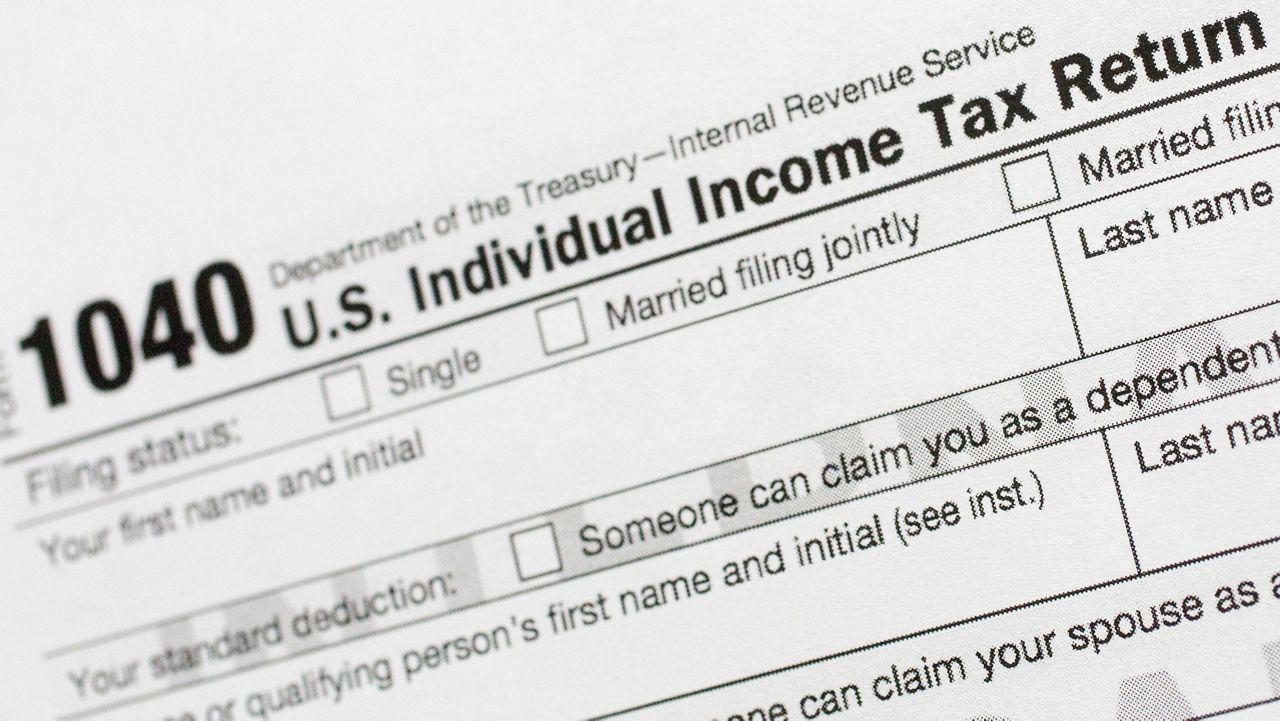The number of resident taxpayers in New York state grew at a slower rate than the number of non-residents over a four-year period prior to the COVID-19 pandemic, a report released on Friday by Comptroller Tom DiNapoli's office found.
The report, which reviewed the period between 2015 and 2019, found resident taxpayers increased by 3.1% compared to non-resident filers increasing by 13.6%. The slower growth is attributed in part to the larger number of part-year filers moving out of New York than moving in.
Part-year resident taxpayers only account for less than 3% of New York's personal income taxpayers as of 2019, the most recent available data.
But the movement of people out of New York could have a significant impact on New York's tax collections. The state relies heavily on the personal income tax for the majority of its revenue. New York's population growth has been largely flat over the last decade, and thousands of people likely moved out of the state during the initial first year of the pandemic.
Non-residents in 2019 composed 10% of filers, but were responsible for 15% of the personal income tax collected that year.
“The personal income tax is the single largest state revenue source for New York, accounting for two of every three tax dollars,” DiNapoli said. “New York’s fiscal health is linked to attracting and retaining taxpayers. Monitoring trends is critical and further analysis of migration trends during and after the pandemic will be needed. Expanding economic opportunities and making quality of life investments will strengthen our tax base and ensure the state can pay for critical public services."
In 2019, 71% of taxpayers leaving New York took all of their income with them. That meant the net outflow of $120 million in revenue for that year. On a full-year basis, the revenue loss reaches $360 million, the report found.
Personal income tax revenue can be especailly violatile in a recession, turning projected surpluses into deficits.


